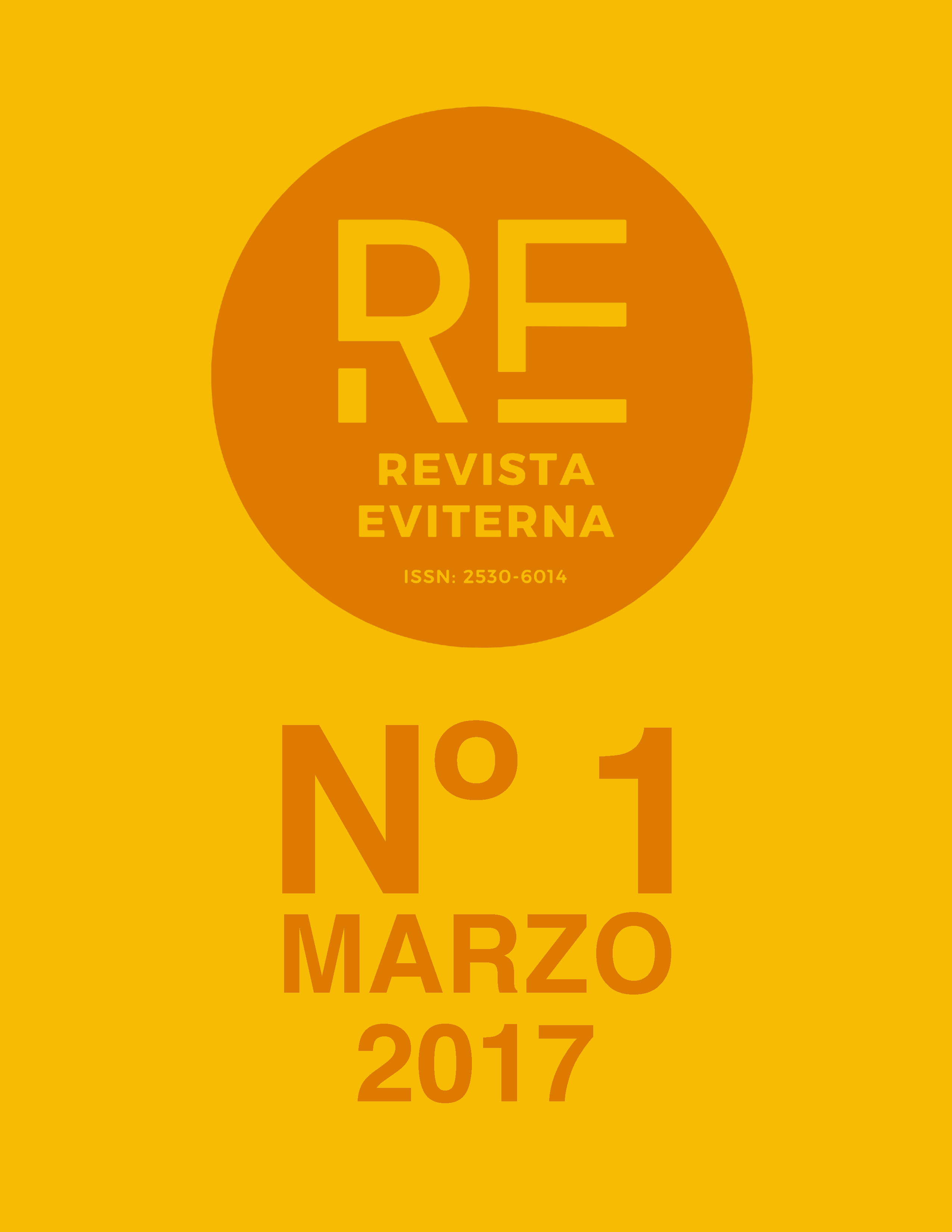The photographic image in Gerhard Richter's work
DOI:
https://doi.org/10.24310/Eviternare.v1i1.8020Keywords:
Image; Photography; Painting; Atlas; MemoryAbstract
Gerhard Richter, like many other contemporaries, has taken the photographic image as a starting point for his artistic search. The pictorial use he has made of photography or, if you will, his photographic conception of painting come into conflict with the omnipresent culture of the commercial image of our societies. While its Atlas presents us the world under the signs of banality and transience, his abstract paintings seek access to certain performativity without issue.
Downloads
Metrics
Publication Facts
Reviewer profiles N/A
Author statements
Indexed in
-
—
- Academic society
- N/A
- Publisher
- Universidad de Málaga
References
BUCHLOH, Benjamin (1999), “El Atlas de Gerhard Richter: el archivo anómico”, en Fotografía y Pintura en la obra de Gerhard Richter, MACBA, Barcelona.
CHEVRIER, Jean François (1999), “Entre las bellas artes y los media (El ejemplo alemán: Gerhard Richter)”, en Fotografía y Pintura en la obra de Gerhard Richter, MACBA, Barcelona.
GIAVERI, Francesco (2011), “El Atlas de Gerhard Richter”, en Anales de Historia del Arte, Universidad Complutense, Madrid.
KRACAUER, Siegfried (2008), La fotografía y otros ensayos, Gedisa, Barcelona.
ROCHLITZ, Rainer (!999), “El punto en que nos hallamos”, en Fotografía y Pintura en la obra de Gerhard Richter, MACBA, Barcelona.
WARBURG, Aby (2010), Atlas Mnemosyne, Akal, Madrid.
ZWEITE, Armin (1999), “El Atlas de fotografías, collages y bocetos de Gerhard Richter”, en Fotografía y Pintura en la obra de Gerhard Richter, MACBA, Barcelona.
Downloads
Published
How to Cite
Issue
Section
License
All the contents published in Revista Eviterna are subject to the Creative Commons Reconocimento-NoComercia-Compartirigual 4.0 license, the full text of which can be found at <http://creativecommons.org/licenses/by-nc-sa/4.0>
They may be copied, used, disseminated, transmitted and publicly exposed, provided that:
The authorship and original source of your publication (Journal, editorial and URL of the work) are cited.
They are not used for commercial purposes.
The existence and specifications of this use license are mentioned.

Copyright is of two kinds: moral rights and patrimonial rights. Moral rights are perpetual, inalienable, inalienable, inalienable, inalienable and imprescriptible prerogatives.
In accordance with copyright legislation, Revista Eviterna recognizes and respects the moral rights of the authors, as well as the ownership of the economic right, which will be transferred to the University of Malaga for dissemination in open access.
The economic rights refer to the benefits obtained by the use or disclosure of the works. Revista Eviterna is published in open access and is exclusively authorized to carry out or authorize by any means the use, distribution, disclosure, reproduction, adaptation, translation or transformation of the work.
It is the responsibility of the authors to obtain the necessary permissions of the images that are subject to copyright.







12.png)



